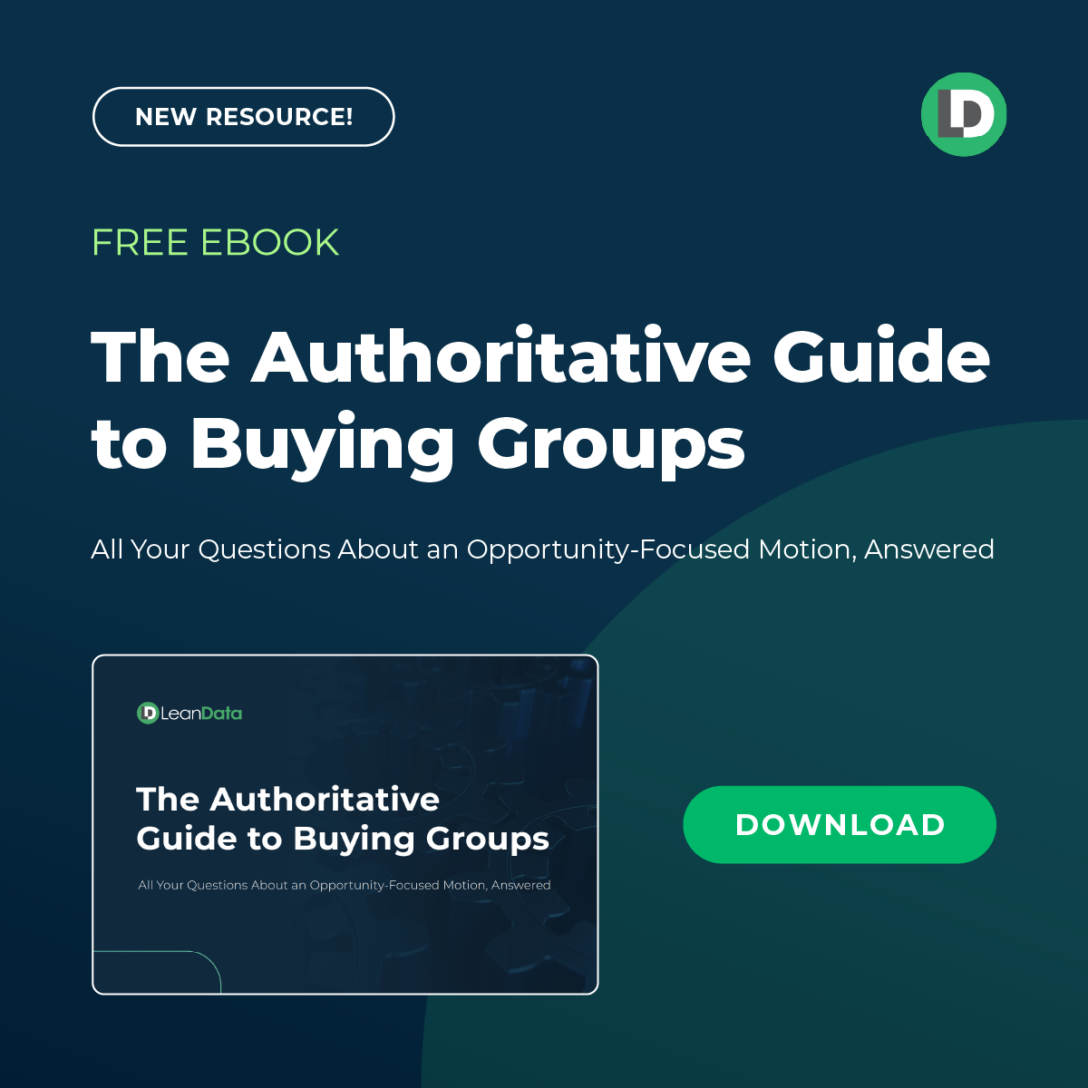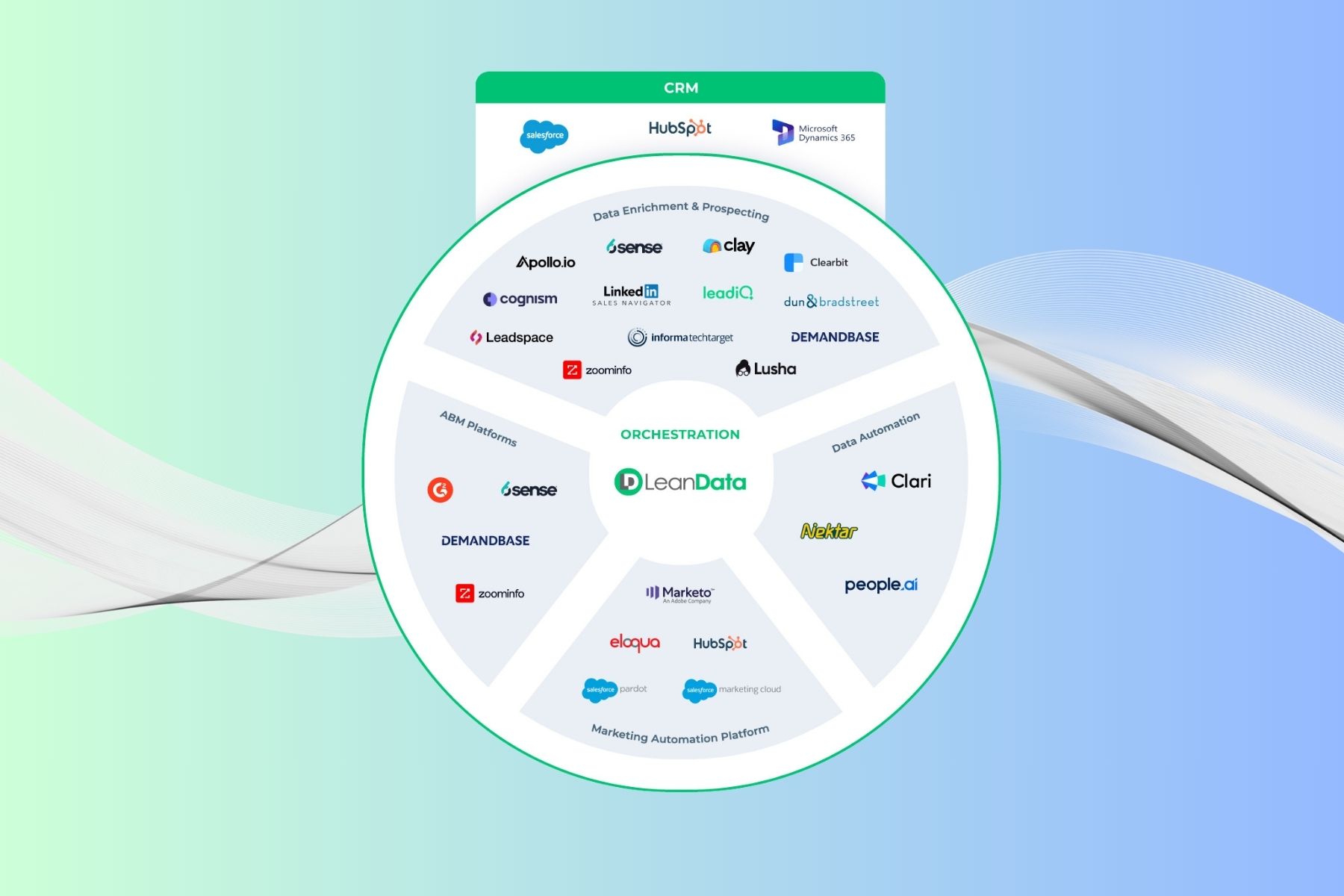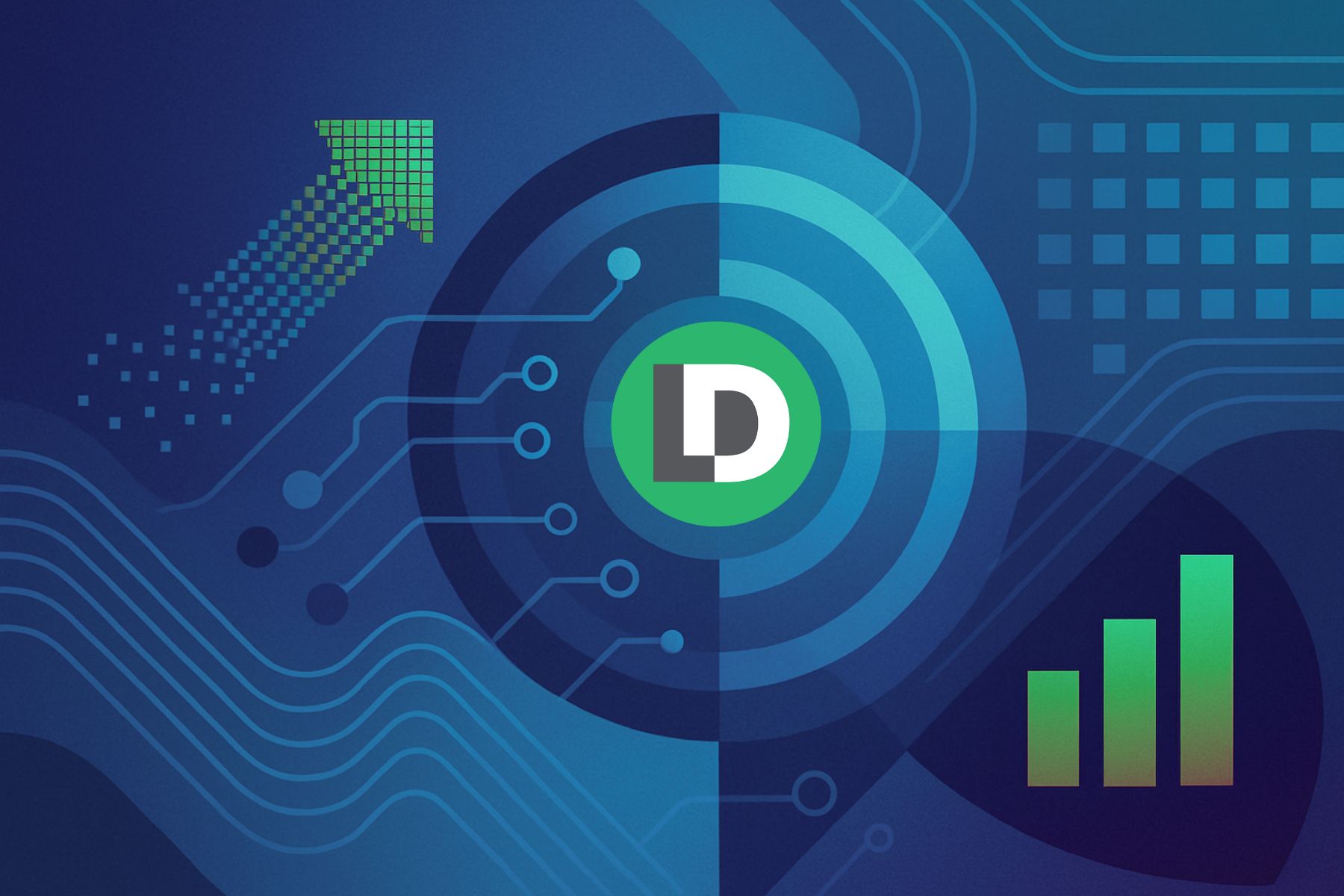Why the Confusion?
Account-Based Marketing (ABM) and Buying Groups are both powerful go-to-market strategies built to align sales and marketing around high-value accounts. They share a common goal: to increase revenue by focusing resources where they matter most.
But, while they’re often mentioned in the same conversation, confusion still arises — not because people use the terms interchangeably, but because Buying Groups are frequently misunderstood as just “multi-threading” in the sales process.
In reality, Buying Groups represent a deeper level of GTM orchestration.
A Buying Groups motion focuses on engaging all the key personas tied to a specific opportunity, not just broadly engaging multiple contacts at an account.
For organizations with complex selling motions, understanding the distinction between ABM and Buying Groups is critical.
It impacts how teams design their campaigns, structure their data, align their systems, and ultimately, how they measure success.

What Is Account-Based Marketing (ABM)?
At its core, ABM is a strategy that flips the traditional lead-based approach. Instead of casting a wide net to attract potential leads and hoping they fit your target profile, ABM starts by selecting the accounts that already match your ideal customer profile.
Once those accounts are selected, marketing and sales teams collaborate to deliver personalized content, targeted outreach, and strategic engagement. The goal is to influence multiple decision-makers across an organization and accelerate the sales process.
According to research cited in LeanData’s ABM strategy guide:
- 94% of B2B marketers use ABM in some form today
- 87% say ABM delivers a higher ROI than traditional marketing
These numbers underscore the strategic value of ABM. But they also reveal a challenge: while ABM helps you reach the right company, accounts are too big a target.
An account is not your buyer. There are groups of buyers within an account with many potential opportunities. That’s where focusing on Buying Groups can help.
What Is a Buying Groups Motion?
Buying Groups represent a more granular execution layer within go-to-market operations. Instead of organizing efforts around an entire account, Buying Groups focus on a specific deal in motion and the actual people involved in that decision.
Every B2B purchase involves multiple stakeholders, often with different roles and priorities. A Buying Group motion identifies those individuals and orchestrates engagement based on their relationship to the opportunity.
For example, a security software vendor selling into a Fortune 500 company may have one ABM play running across the account. But at the opportunity level, that same vendor needs to coordinate engagement across several people: the CISO, procurement, a VP of IT, and even an end user on the technical team. That’s where a Buying Group motion comes in.
It enables you to:
- Map leads and contacts to the correct opportunity
- Understand who is influencing each deal and when
- Route inbound inquiries to the right rep based on Buying Group context
- Align plays and follow-up strategies by role, region, and deal stage
As a result, your sales, marketing, and operations teams can focus their time and effort on the people and deals that have the greatest propensity to close.
Buying Groups vs. ABM: A Side-by-Side Comparison
Understanding how these motions differ is key to making the right GTM decisions.

To summarize this section:
- ABM identifies the right accounts to go after
- Buying Groups align teams around the actual decision-makers in each deal
- ABM is great for building awareness and generating pipeline
- Buying Groups help accelerate deals already in motion
ABM focuses on accounts; a Buying Groups motion focuses on opportunities.
How B2B Companies Use LeanData to Support GTM Orchestration
LeanData has a long track record of helping B2B companies improve their ABM execution. Through lead-to-account matching, intelligent routing, and workflow automation, organizations can deliver a seamless customer experience across sales and marketing touchpoints.
Companies using LeanData for ABM
- Expedient reduced inbound response time from several days to under 24 hours by routing leads directly to the right rep based on account fit.
- Reltio scaled a global ABM program across multiple regions using LeanData to manage handoffs, matching, and measurement.
- Workiva aligned marketing and sales around their ABM goals and won industry recognition for program excellence.
In each of these stories, LeanData helped these teams:
- Match inbound leads to their correct accounts instantly
- Route leads to sales based on account ownership and geography
- Support fast follow-up through SLA tracking
- Create visibility into account-level engagement
Companies using LeanData for Buying Groups
Palo Alto Networks implemented a Buying Groups motion to drive a more advanced go-to-market strategy. Instead of routing every inbound lead to a general rep or queue, they used LeanData to:
- Route contacts to the right opportunity owner
- Engage specific personas based on where they were in the deal cycle
- Track engagement and influence across stakeholders tied to the deal
This shift resulted in better conversion rates, more targeted engagement, and measurable revenue impact. It also aligned their sales, marketing, and operations teams around a common strategy focused on deals, not just leads.

ABM and Buying Groups: Complementary, Not Co-dependent
Choosing whether to use ABM, Buying Groups, or both depends on your company’s GTM maturity and sales motion.
First, ABM is often the right entry point for organizations looking to focus resources on the right accounts. It’s a solid framework for teams with growing revenue targets and a need to prioritize effort.
Then, as deal cycles get more complex and the number of stakeholders increases, Buying Groups become a valuable addition. They don’t replace ABM, but rather bring more precision to how ABM is executed.
Consider these scenarios:
- If you are selling into a small number of strategic accounts, ABM might be enough.
- If your deals involve large committees or have multiple opportunities per account, Buying Groups can provide much-needed clarity.
- If you are scaling globally and need to align multiple roles, territories, or product lines, Buying Groups can bring structure to that complexity.
Ultimately, these motions work better together, but they can also be implemented in phases.
Key Takeaways to Guide Your GTM Strategy
Here’s a quick recap of what to consider when comparing Buying Groups and ABM:
- ABM focuses on which accounts to target
- Buying Groups focus on who within those accounts is involved in a deal
- ABM creates pipeline across accounts
- Buying Groups drive execution within deals already in motion
- LeanData supports both motions by orchestrating data, routing, and engagement across the entire buyer journey
By understanding the distinction and how they work together, you can choose the best motion for your team today and scale into the next one when the time is right.













